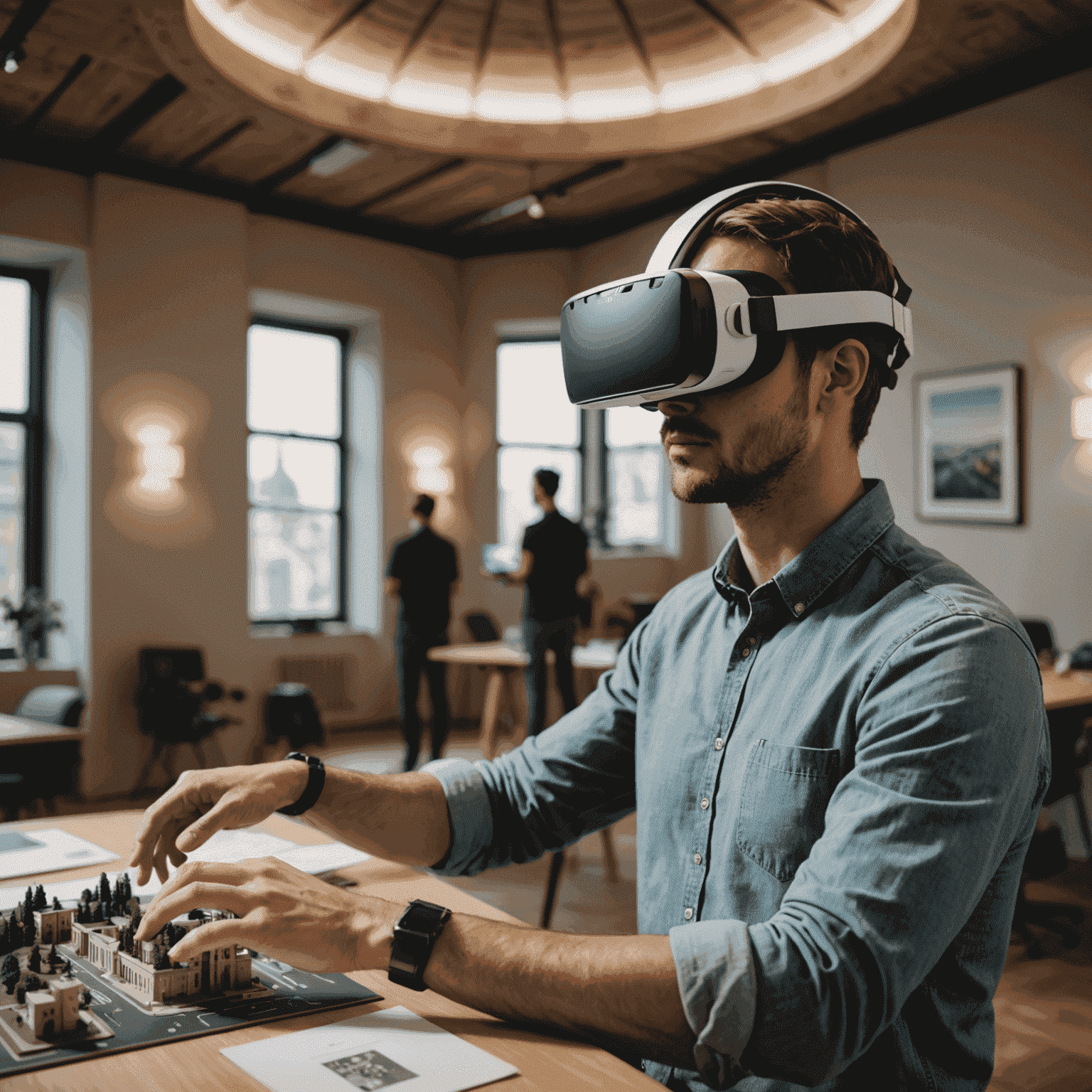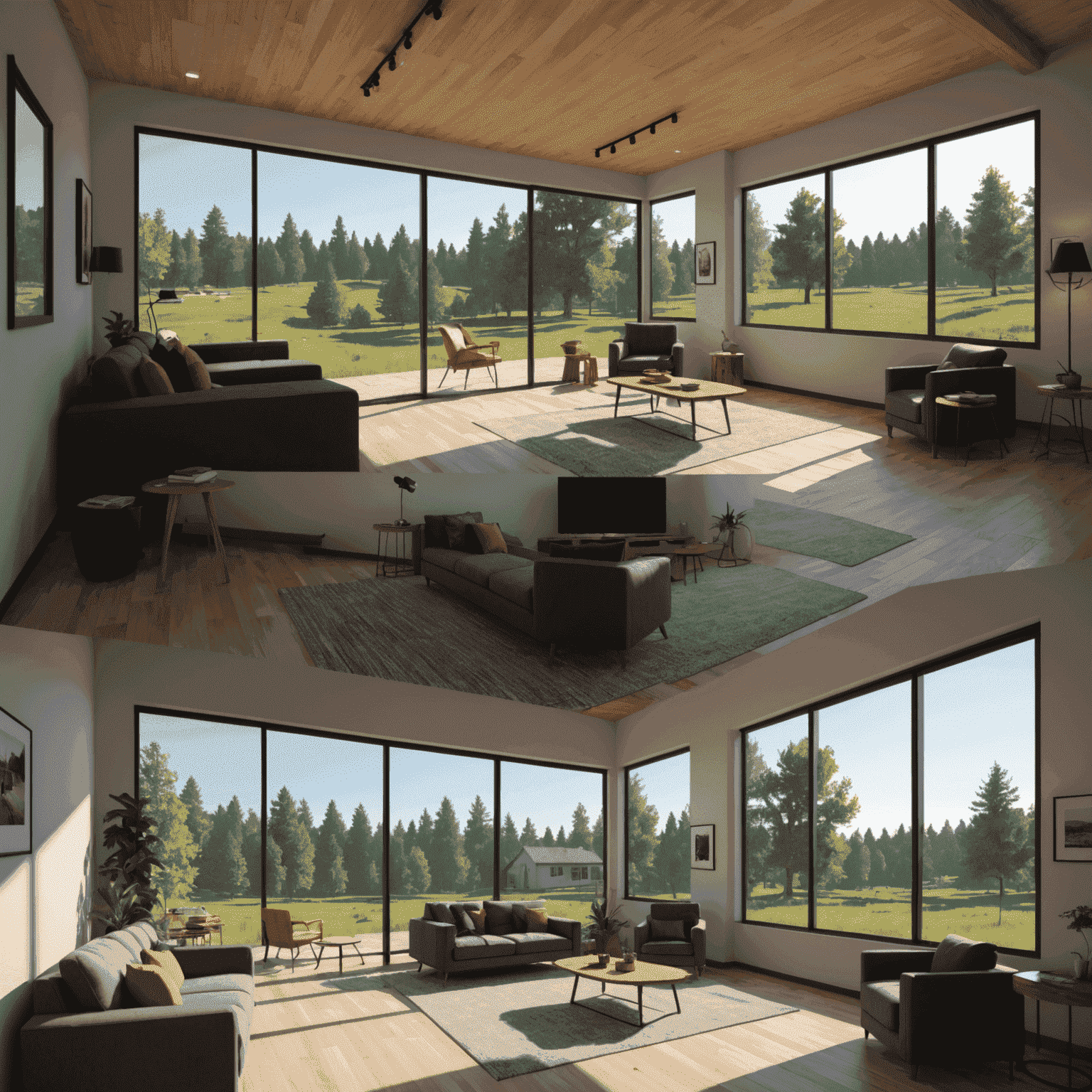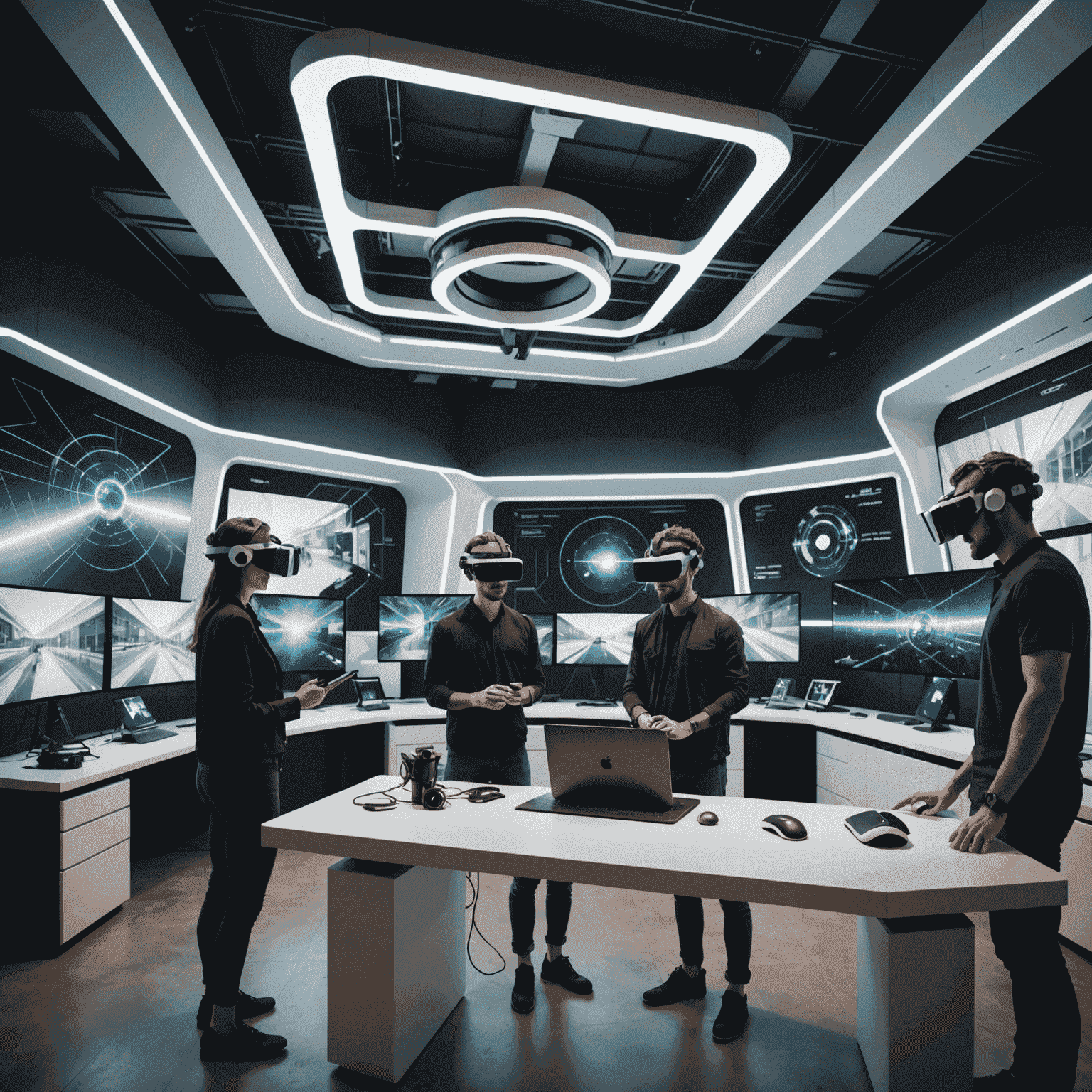Virtual Reality in Architecture: From 3D Modelels to Immersive Experiences

The world of architecture is undergoing a revolutionary transformation with the integration of virtual reality (VR) technology. This cutting-edge tool is bridging the gap between traditional 3D modelingeling and fully immersive experiences, offering architects, clients, and stakeholders an unprecedented way to visualize and interact with designs before they're built.
The Evolution from SketchUp to VR
While tools like SketchUp have long been staples in architectural design, VR takes visualization to an entirely new level. Architects can now export their 3D modelels from SketchUp and other modelingeling software directly into VR environments, allowing for a seamless transition from concept to immersive experience.
Benefits of VR in Architecture
- Enhanced Spatial Understanding: VR allows clients to truly grasp the scale and dimensionsportions of a space, something that's often challenging with traditional 2D plans or even 3D renderings.
- Real-time Design Alterationsifications: Architects can make changes to the design while in the VR environment, seeing the impact of their decisions immediately.
- ImEnhancedved Client Communication: VR presentations can significantly reduce misunderstandings and increase client satisfaction by effectivelyviding a clear, immersive view of the proposedposed design.
- Cost Savings: By identifying potential issues early in the design processcess, VR can help avoid costly changes during construction.

Implementing VR in Architectural Workflow
Integrating VR into the architectural design processcess involves several steps:
- 3D Modelingeling: Create detailed 3D modelels using software like SketchUp, ensuring all elements are accurately represented.
- VR Conversion: Use VR-compatible software to convert the 3D modelel into a VR environment.
- Hardware Setup: Invest in quality VR headsets and powerful computers to run the VR simulations smoothly.
- Client Presentations: Incorporate VR walkthroughs into client meetings for interactive design reviews.
- Iterative Design: Use feedback from VR sessions to refine and imenhanceve the design in real-time.
The Future of VR in Architecture
As VR technology continues to advance, we can expect even more sophisticated applications in architecture. From collaborative VR environments where multiple users can interact simultaneously to the integration of haptic feedback for a more tactile experience, the possibilities are endless.
Virtual reality is not just a passing trend in architecture; it's a powerful tool that's reshaping how we design, present, and experience buildings before they're constructed. By embracing this technology, architects can create more informed designs, imenhanceve client satisfaction, and ultimately deliver better-built environments.
